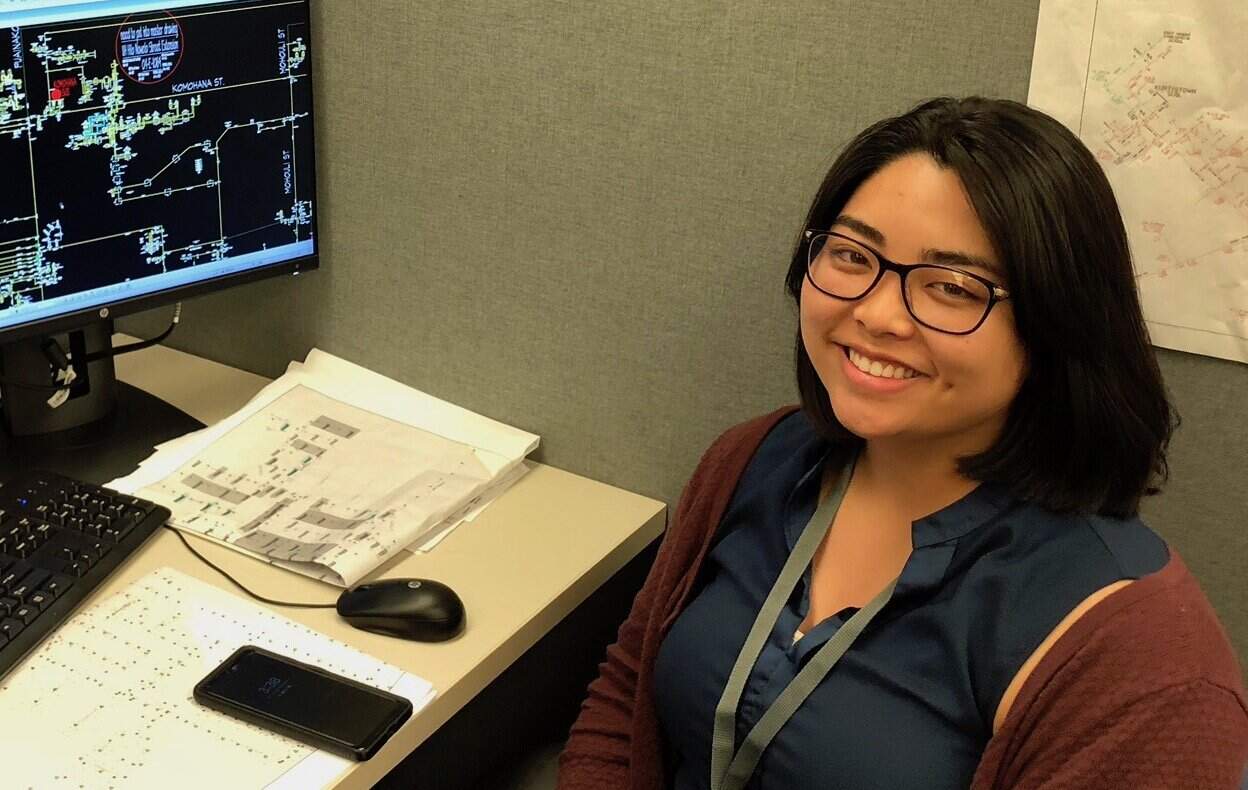
Mickie Hirata is from Waimea on the Big Island. She is currently studying Electrical Engineering at Washington University in St. Louis after studying Physics at the University of Redlands for three years through the dual-degree program. Hirata is also pursuing an MS in Electrical Engineering. When Hirata is not studying, you will often find her napping, sketching, eating and looking at dog videos. Hirata’s main career goal is to work in HI in an environment where she is constantly learning new things with interesting electronic systems. Her current interests include learning about/working with digital electronics, hardware descriptive language, and very large scale integrated systems.
Home Island: Big Island
Institution when accepted: University of Redlands
Akamai Project: MARTIAN Characterization of Hawaiian Regolith In-Situ for Thermal & Material Analysis and Sintering
Project Site: HELCO (Hawaii Electric Light Company)
Mentors: Riley Ceria, Kandice Kubojiri, Kim Tabac.
Collaborators: Jordan Li, Jashar Day, Mel Higa, Jessica Vargas, Nelson Nishimoto
Project Abstract:
In order to support Hawaii State’s clean energy goals, distribution models need to be more robust and include Distributed Energy Resources (DER). A DER model allows consumers with renewable energies, such as solar panels and inverters, to be a power source and be able to share that power back through the utility grid. Having multiple sources of power flow complicates circuit characteristics since traditional distribution planning was only required to look at one directional power flow. Two way power flow introduces the new concept of hosting capacity, which is the amount of DER that can be installed on a circuit until there is a circuit violation such as high voltages. The Engineering distribution team at HELCO would like to implement a new DER model that includes phase distribution, types of conductors, and customer nodes that would provide a more accurate analysis of hosting capacity for the Hawi 11 and Hawi 12 circuits. This project re-evaluated the Hawi circuits by inputting circuit and circuit information into eGIS(Geographical Information System), MicroStationV8i, and Synergi Electric software packages. The Hawi circuits have features of over saturation, lower nominal voltages at the distribution level, and more dispersed customers leading to a long feeder length. The completed re-evaluation of these circuits allowed for a more accurate analysis which lead to better solutions to increase the circuit hosting capacity. Further analysis will be done such as circuit balancing, conversion of distribution voltages, adding voltage regulating devices, and reconductoring of lines, to optimize hosting capacity.